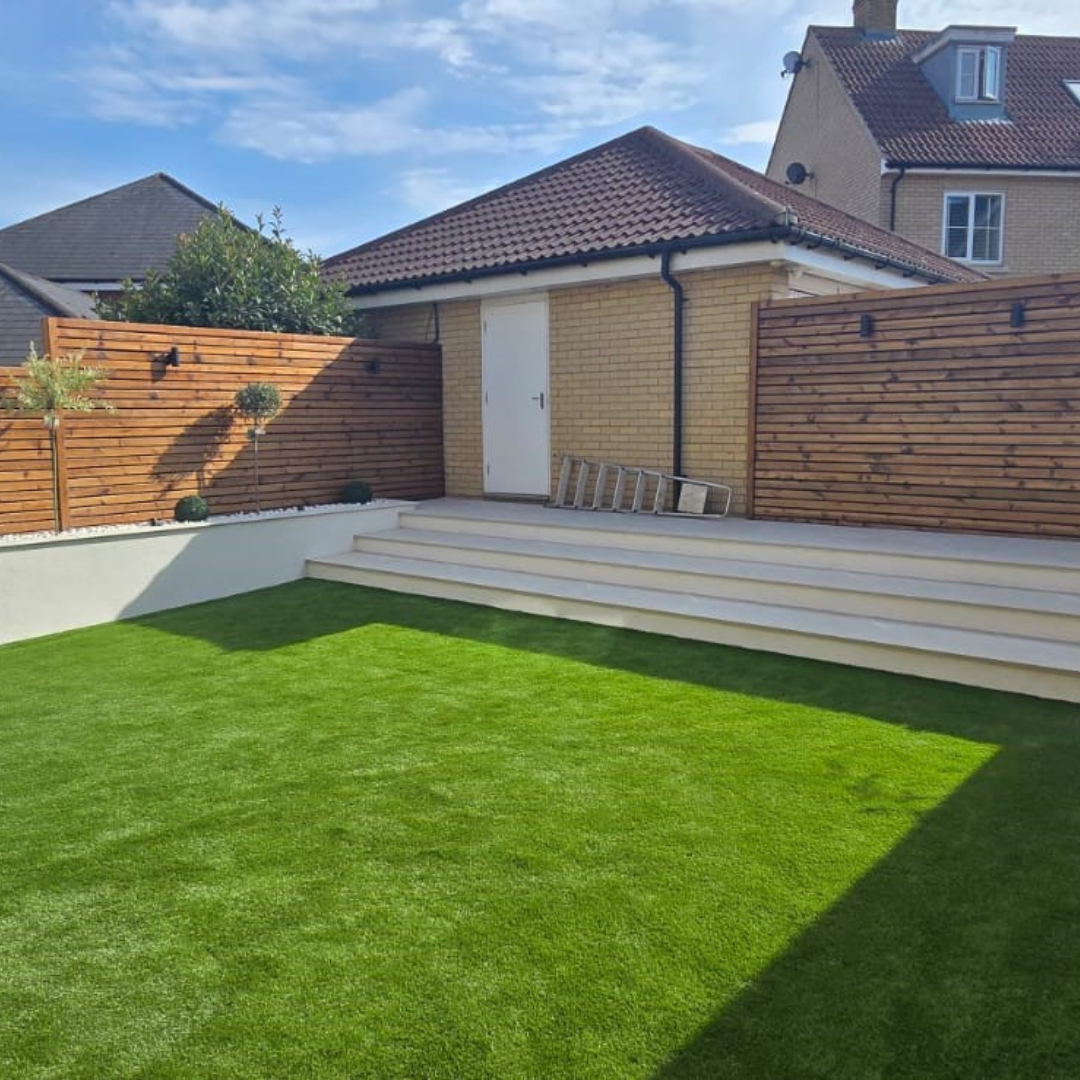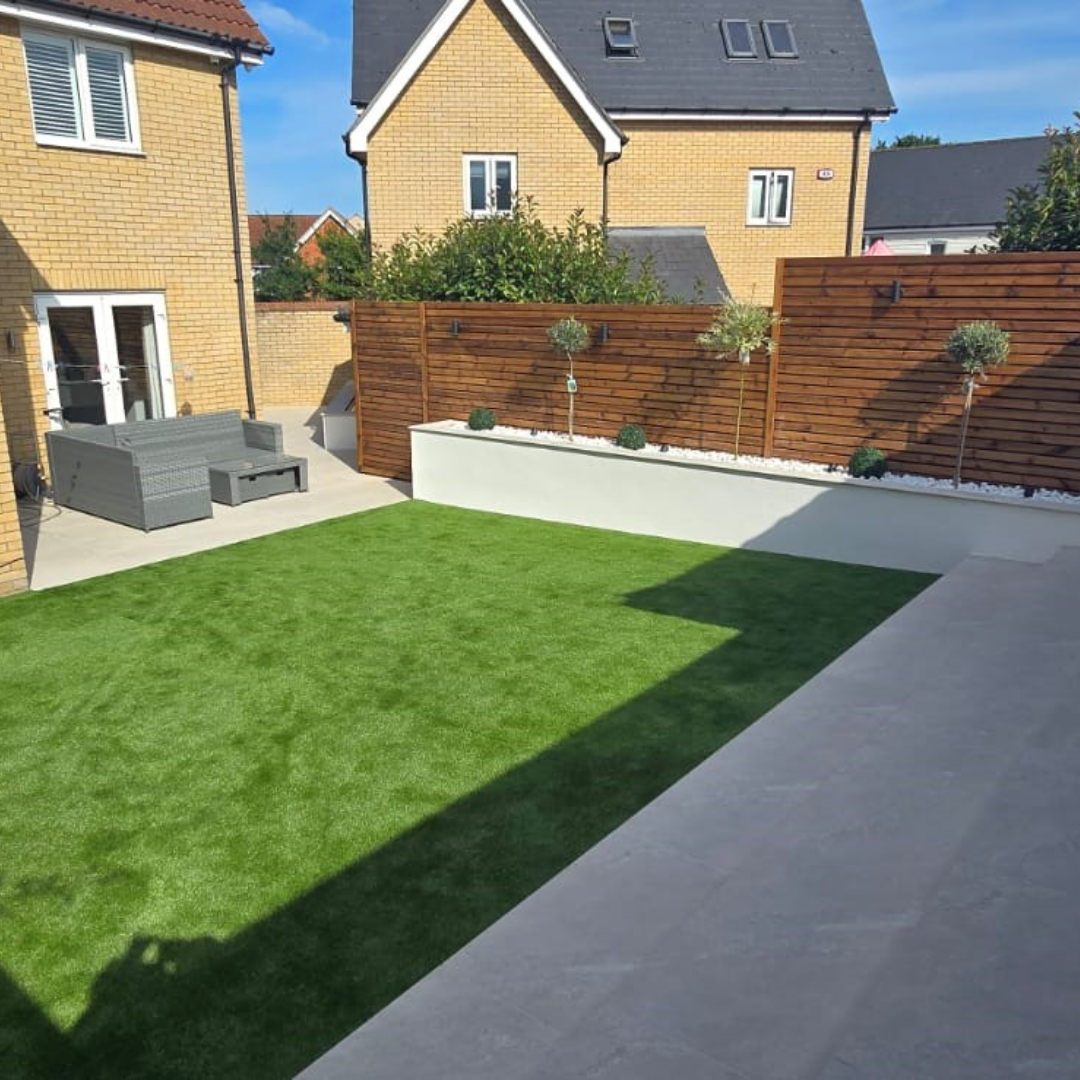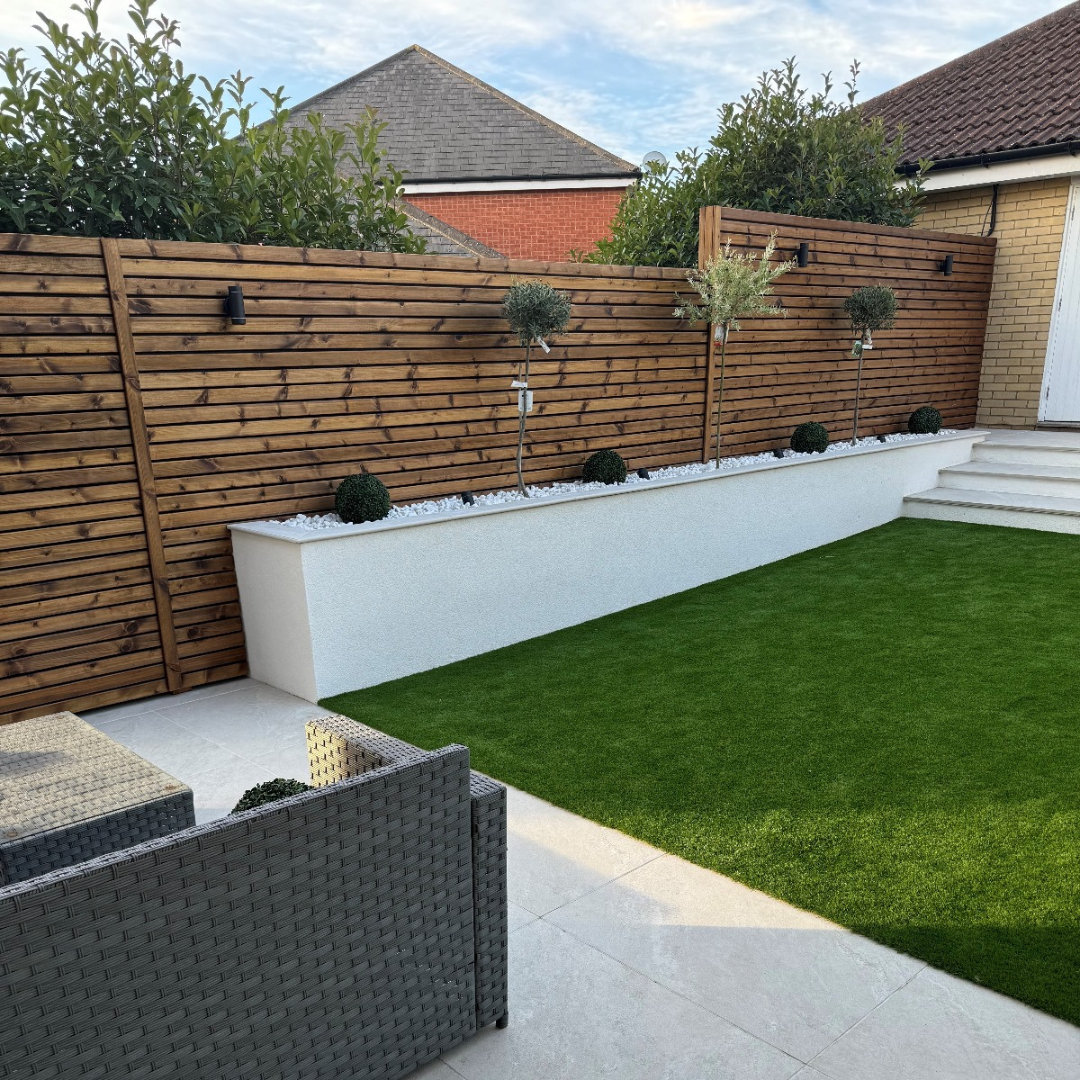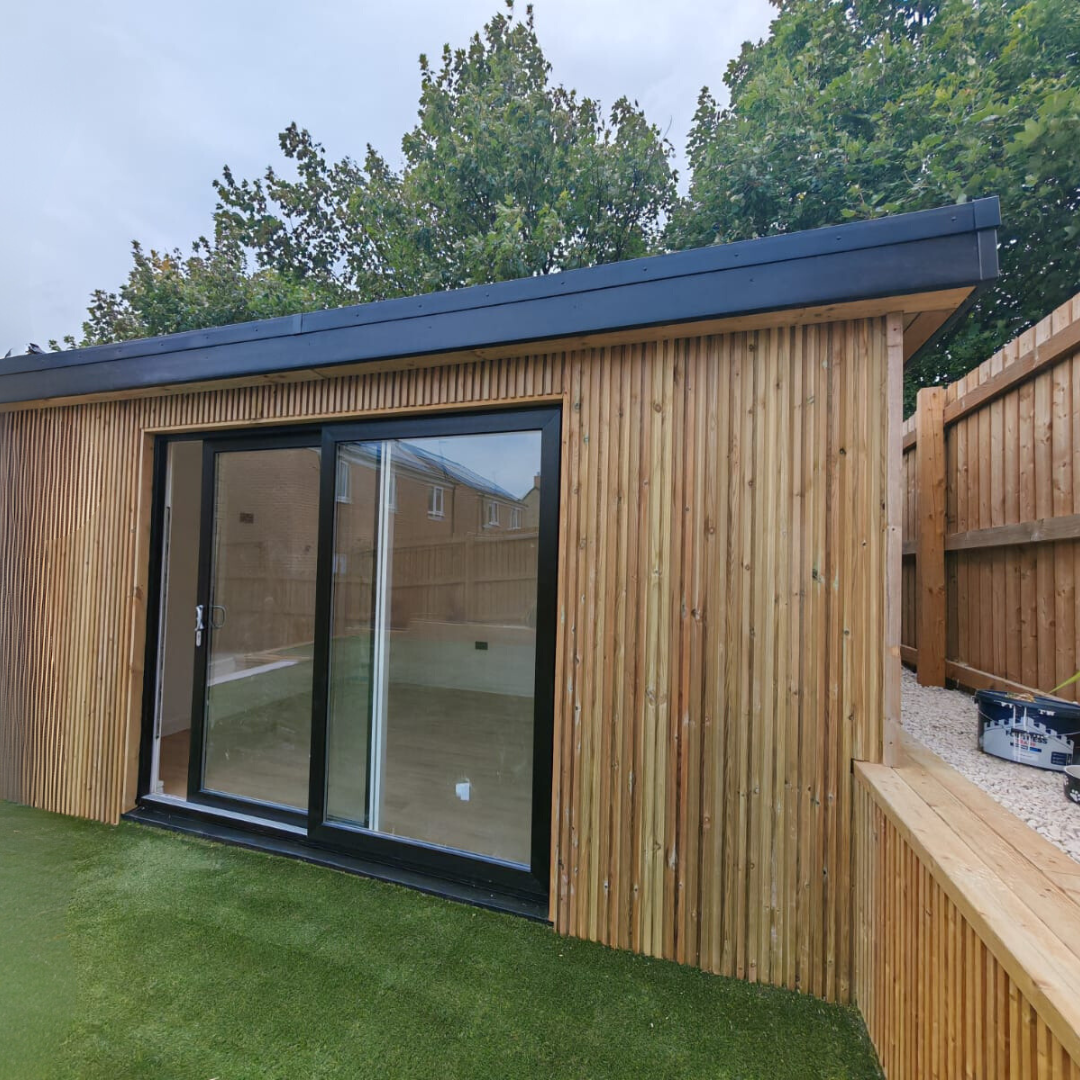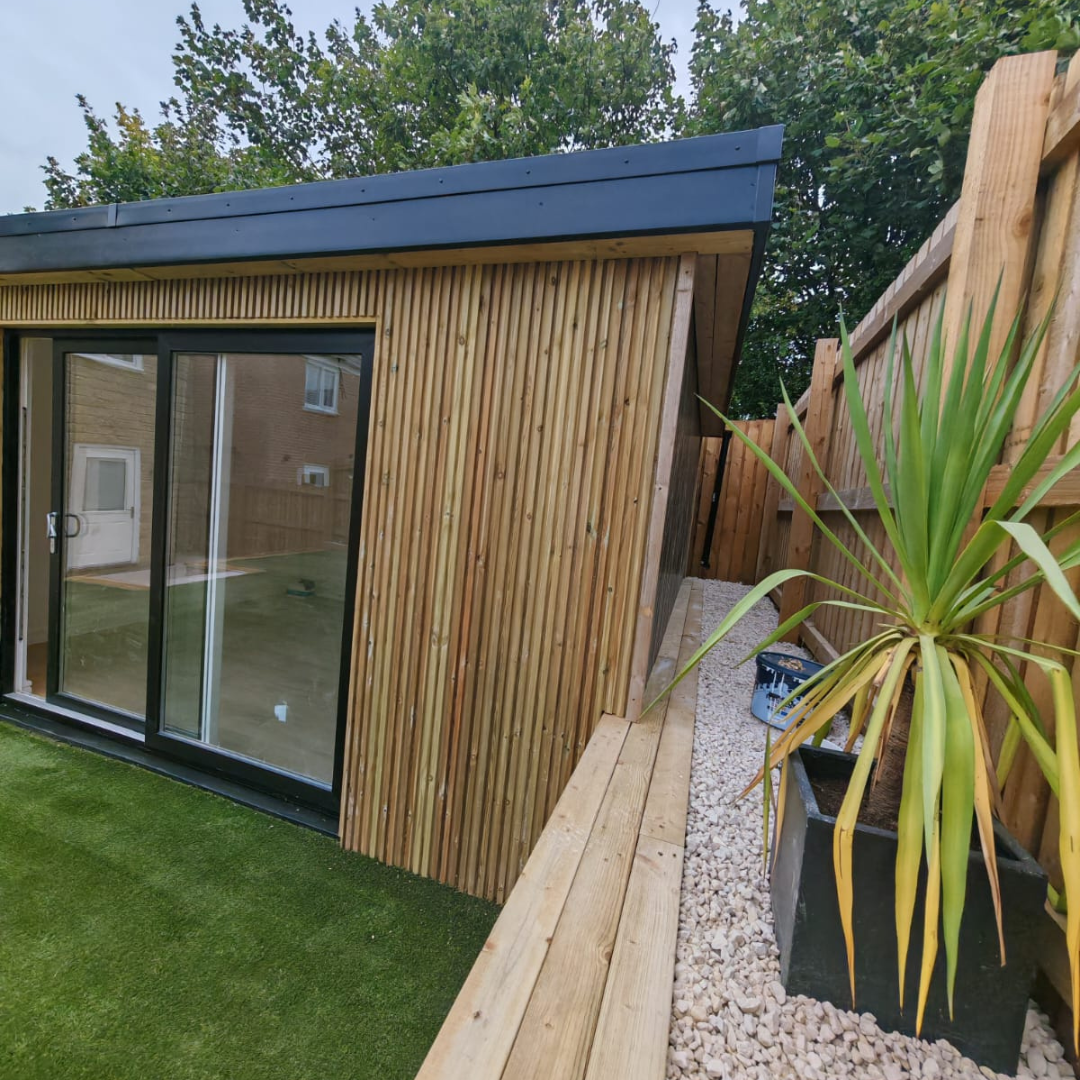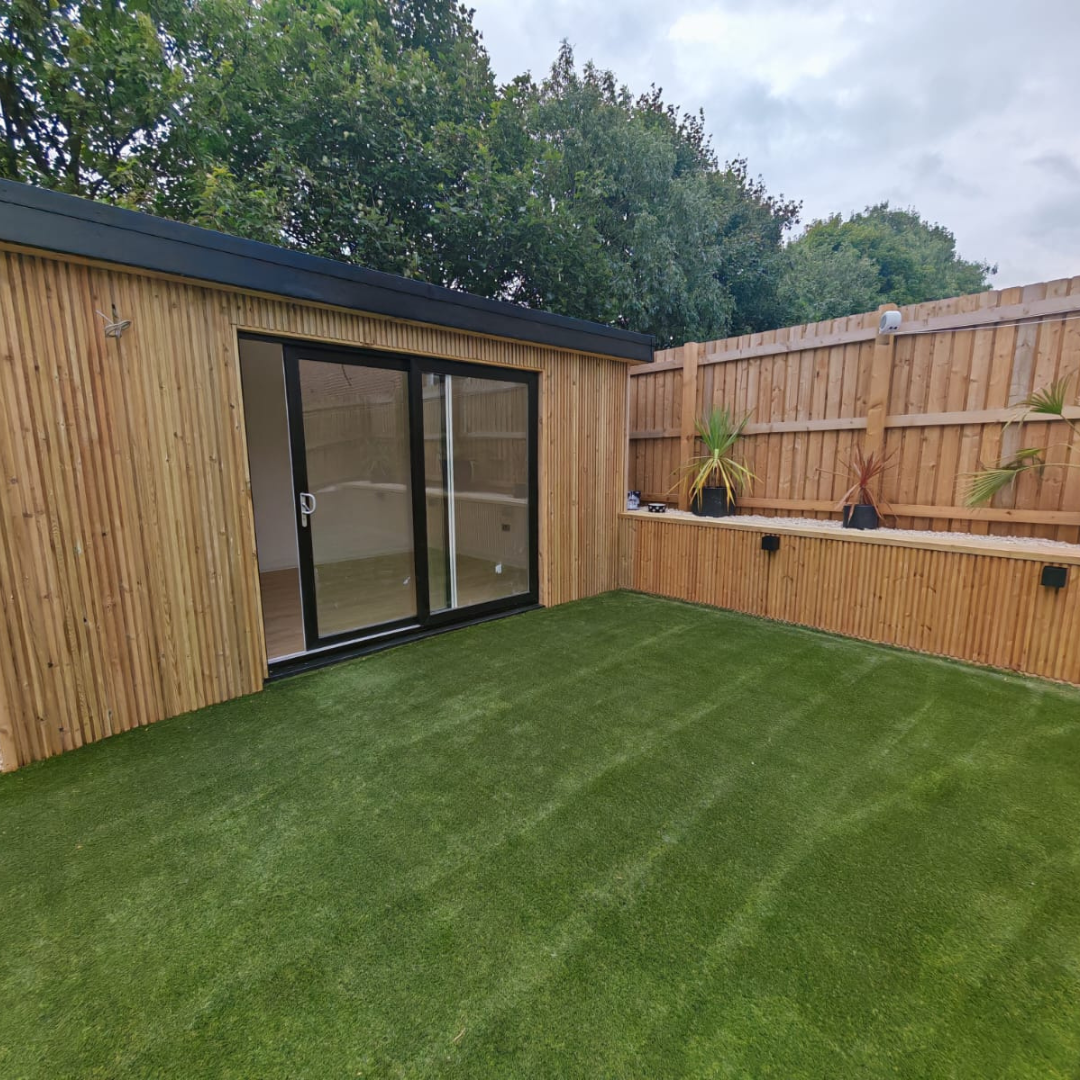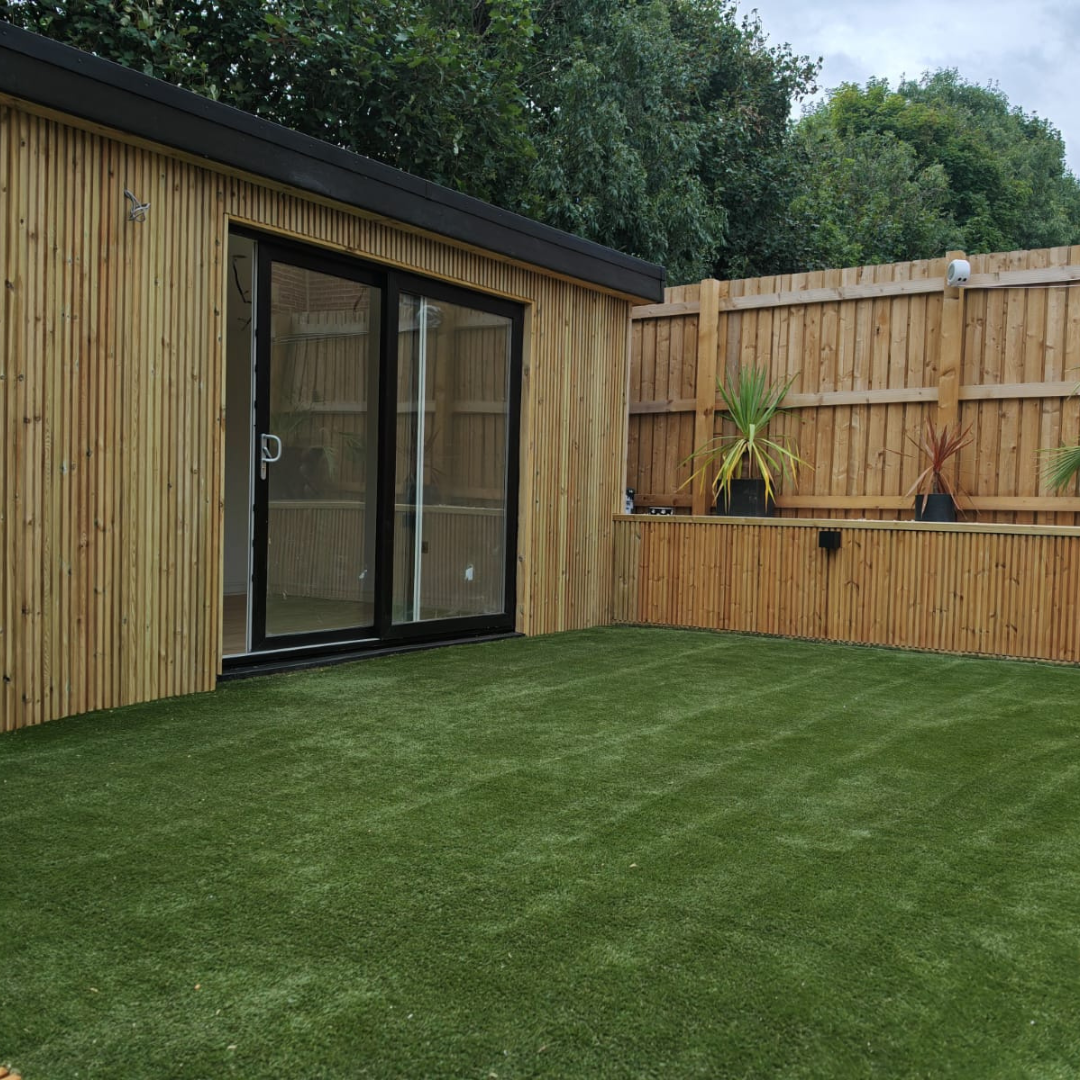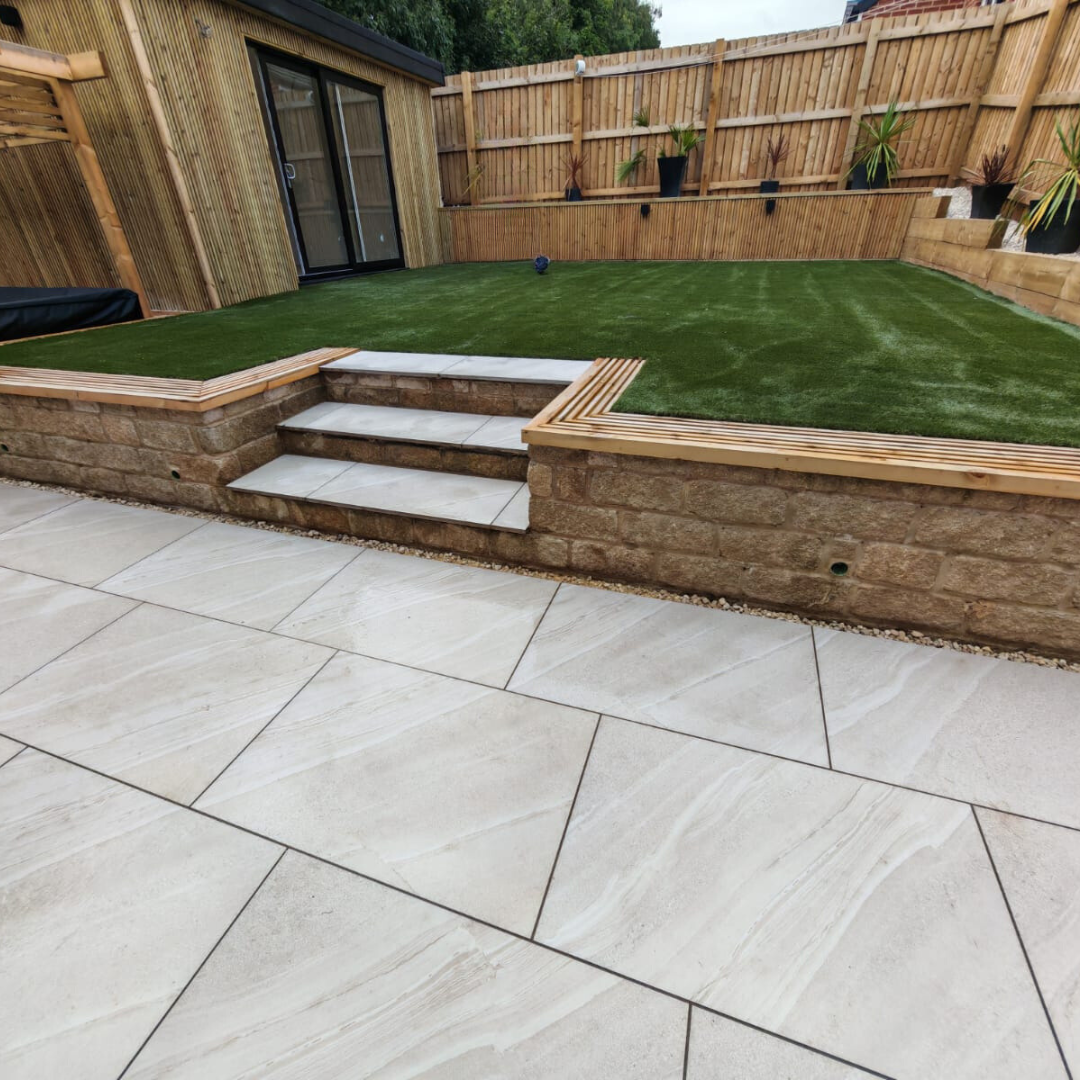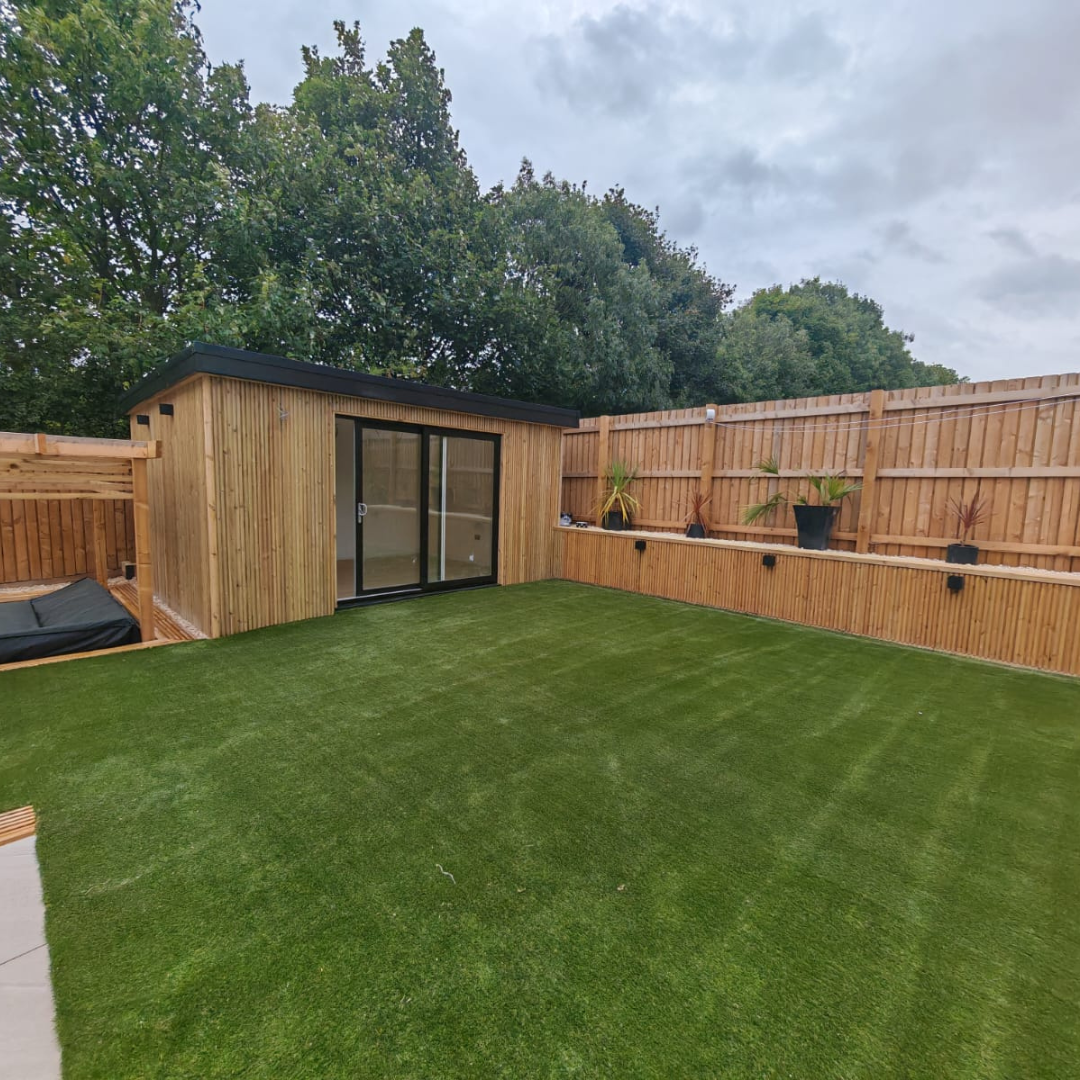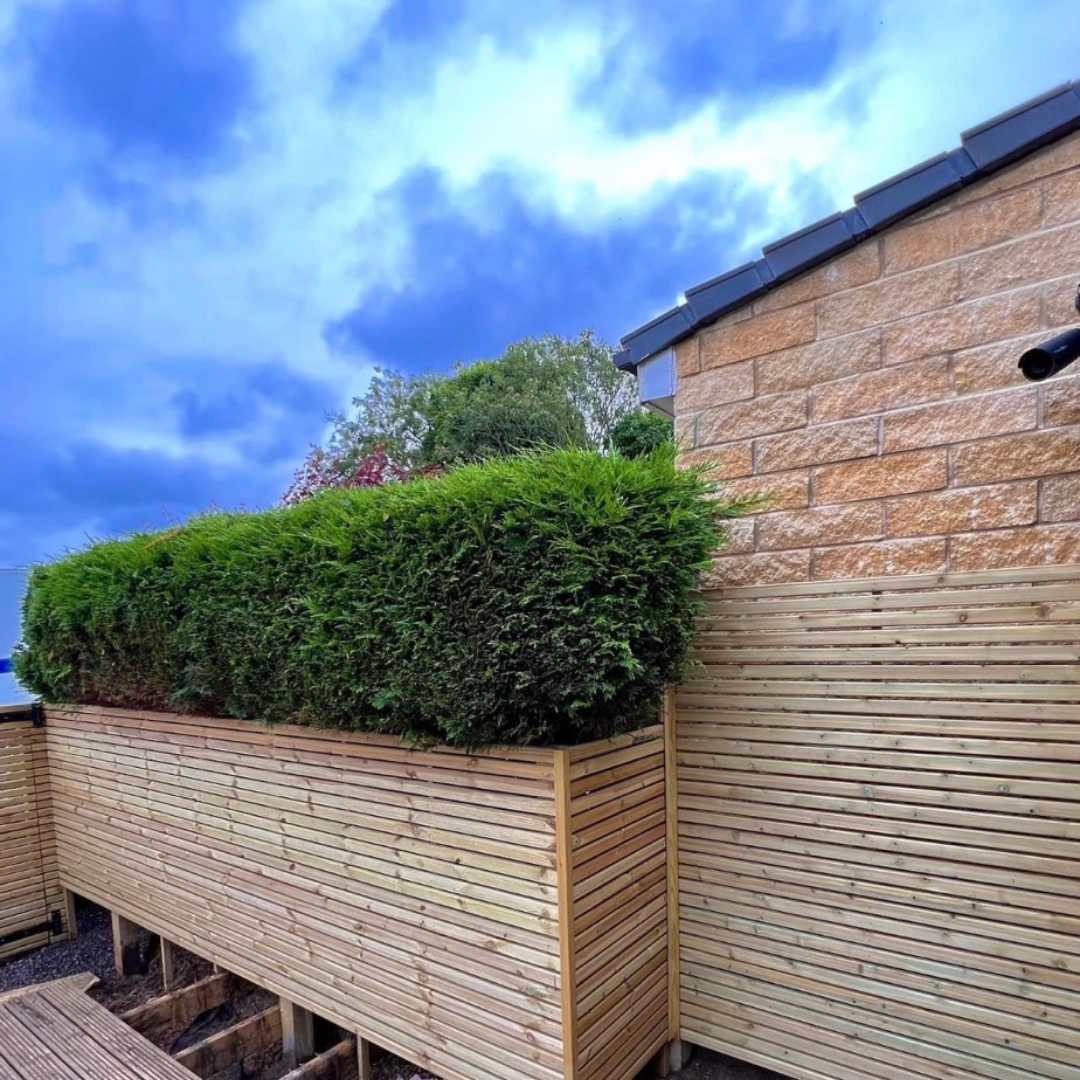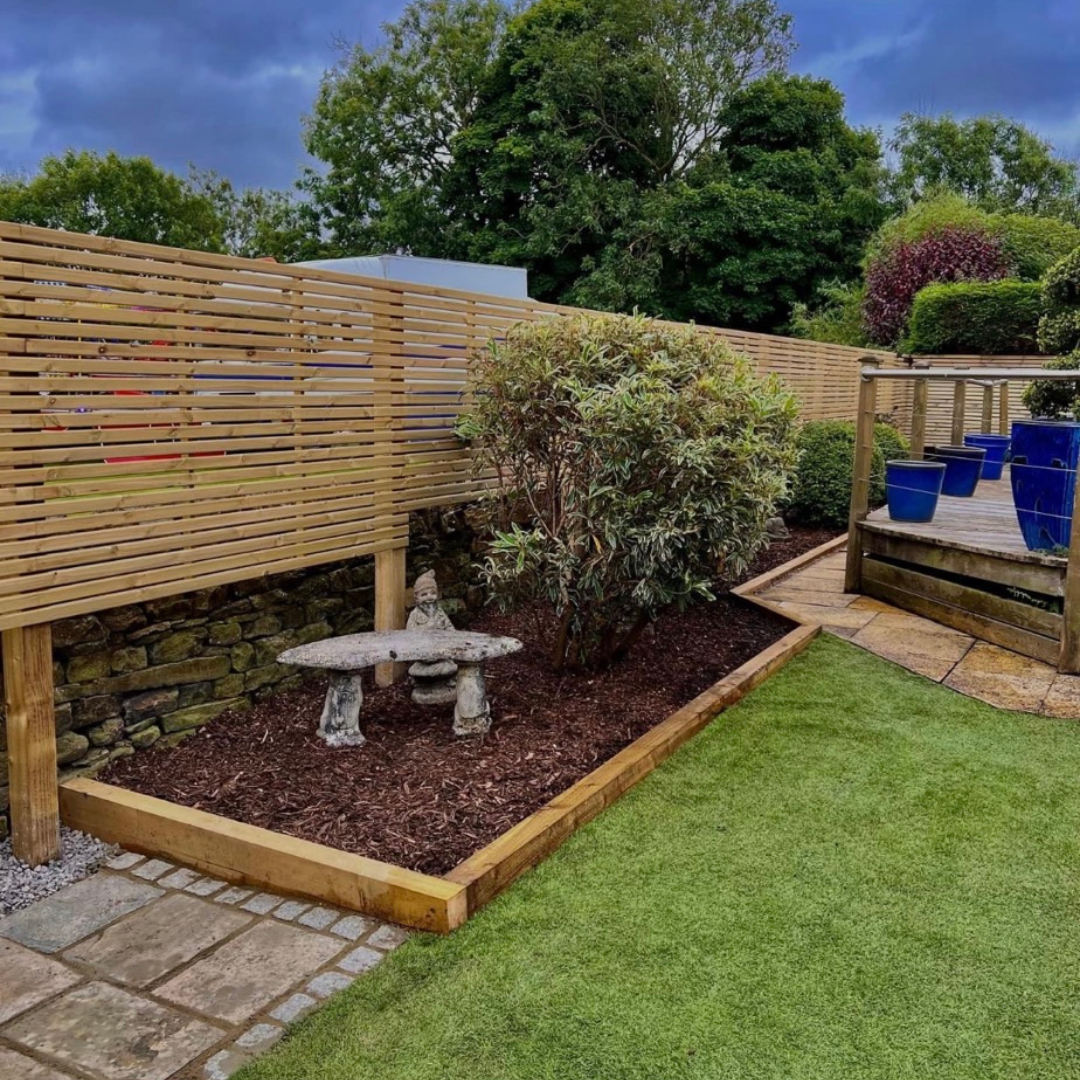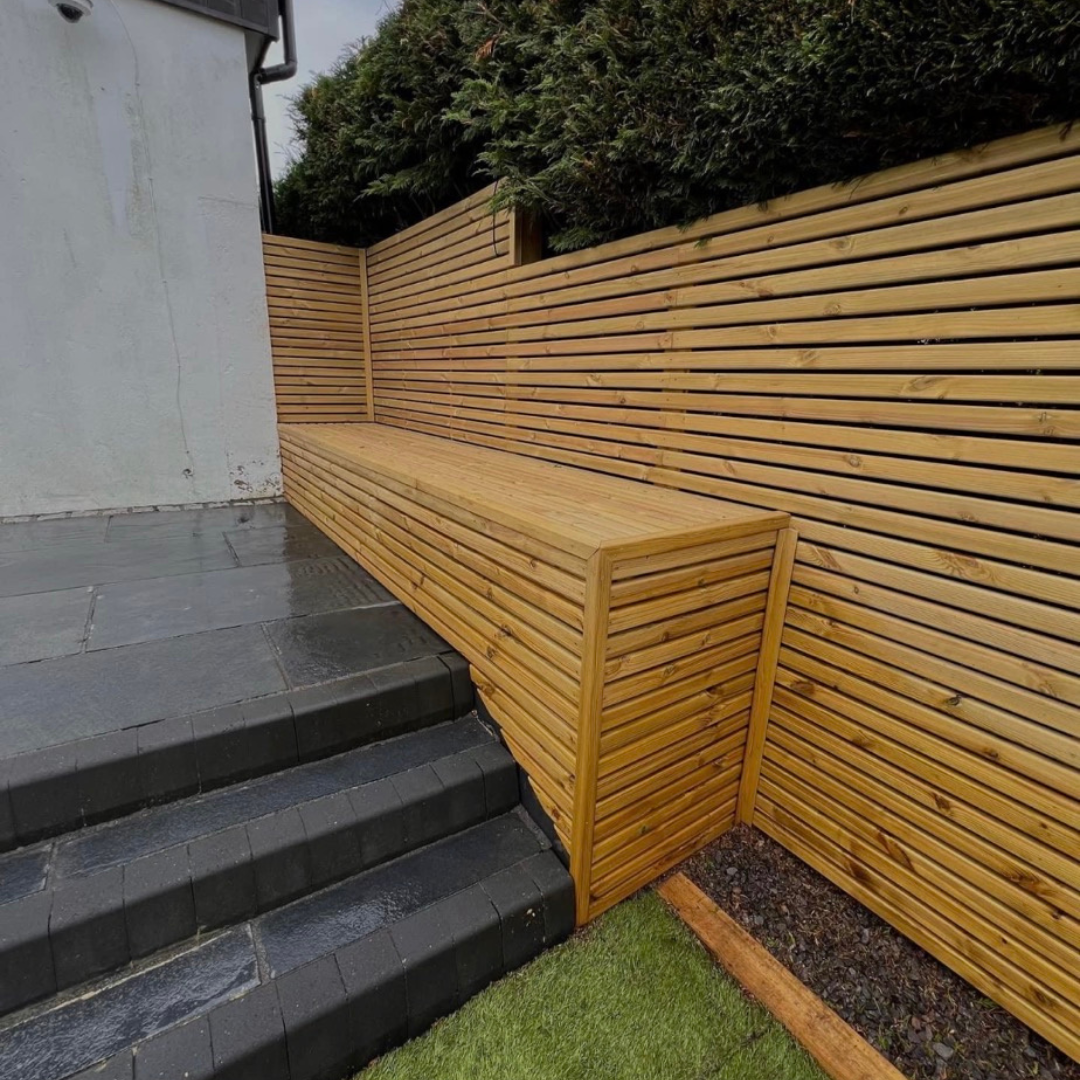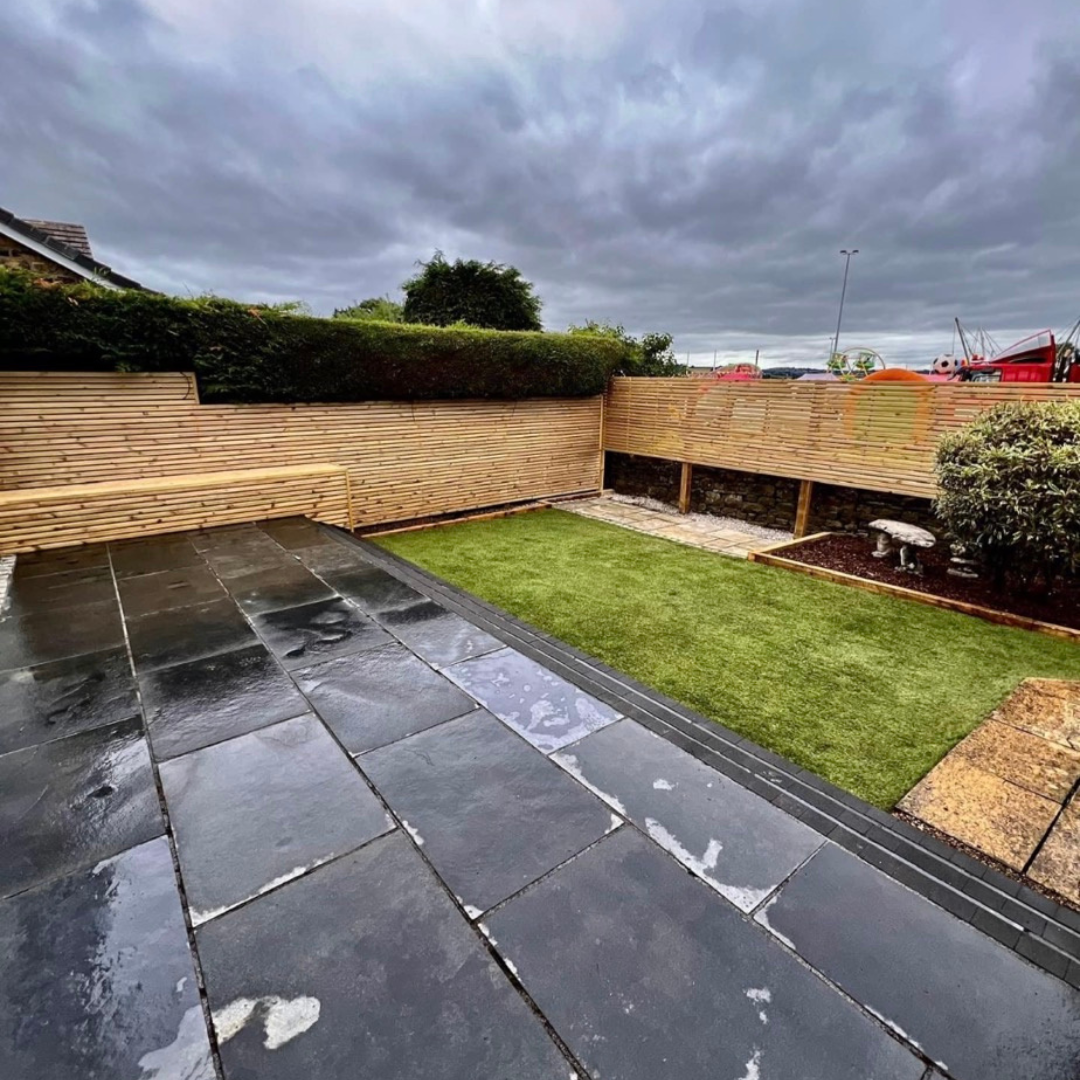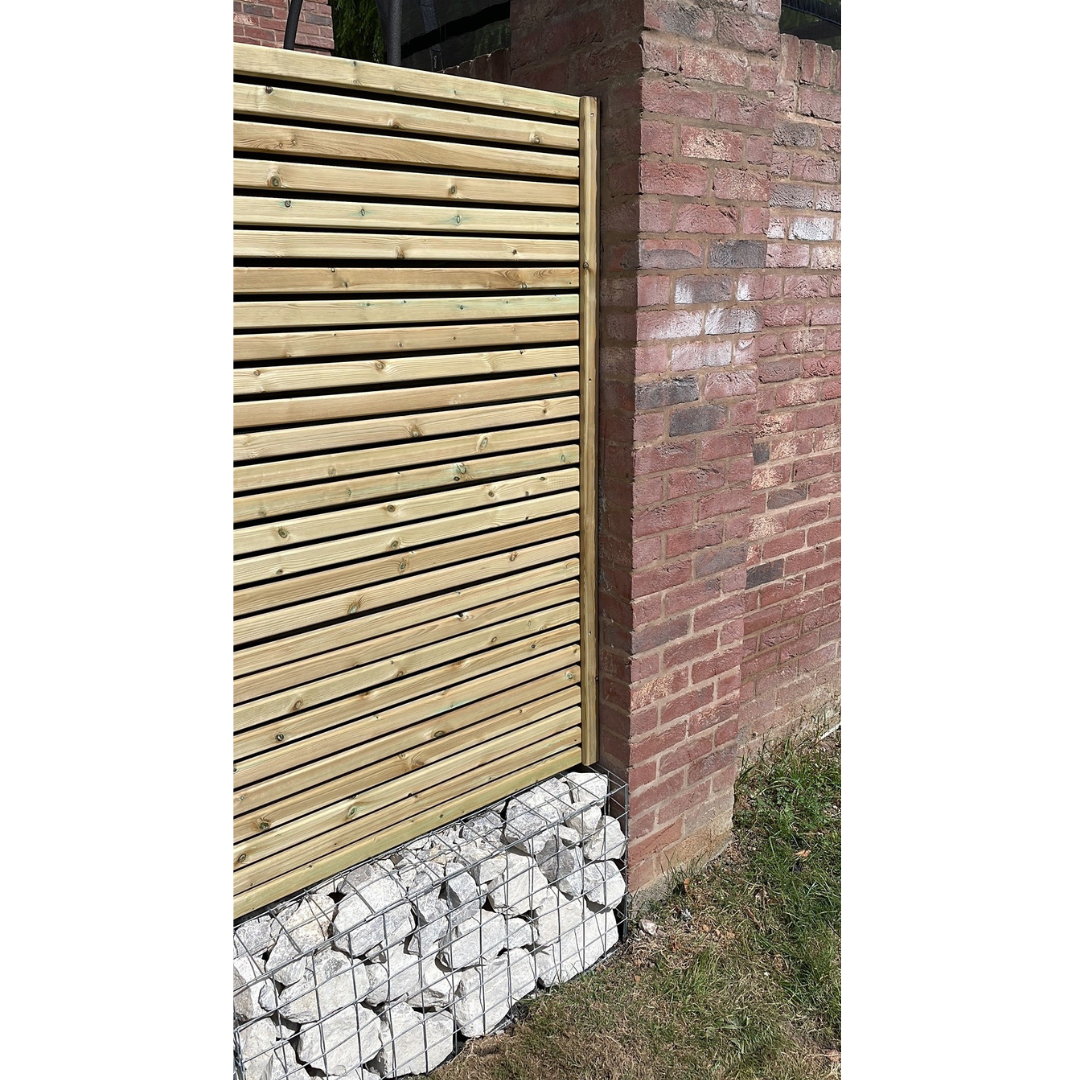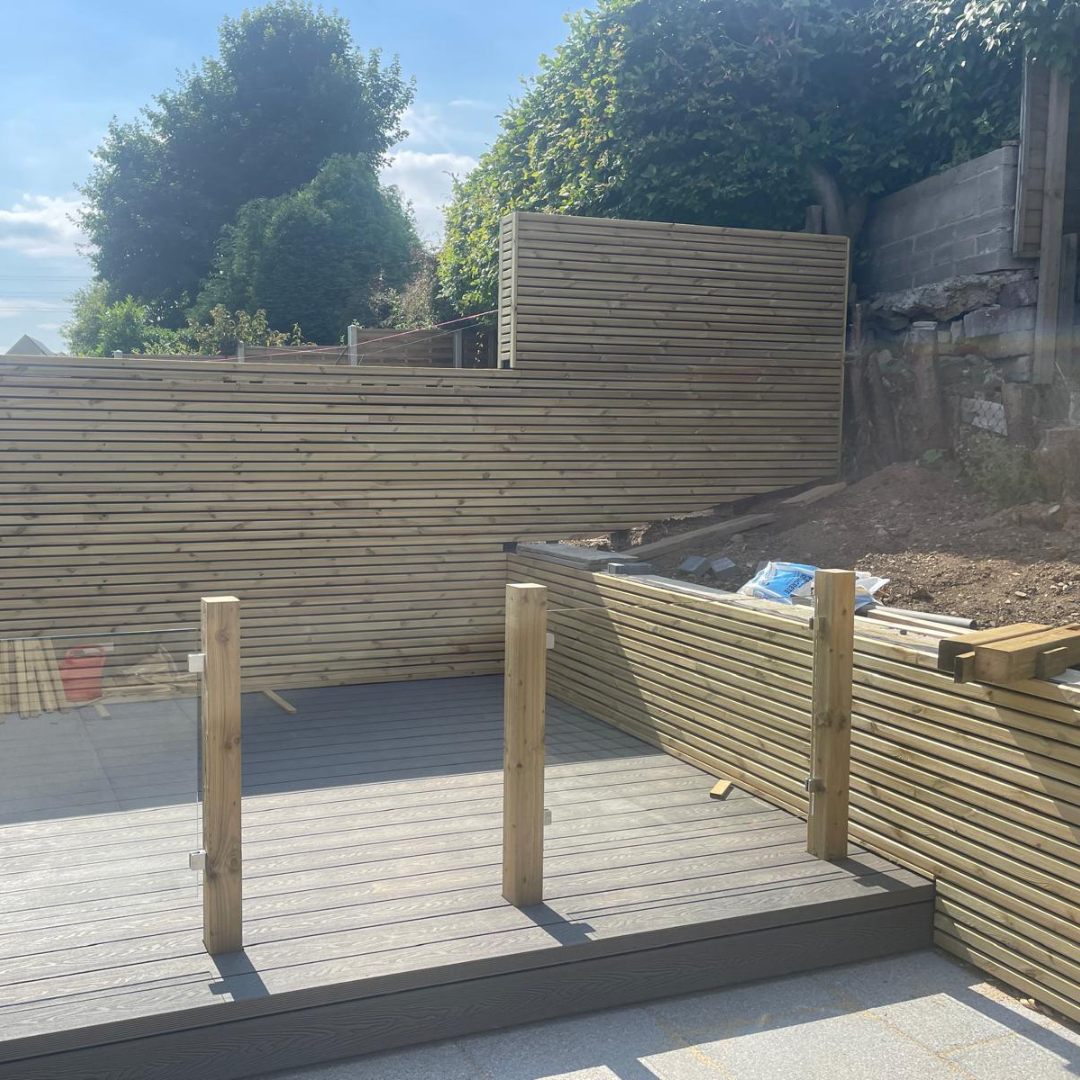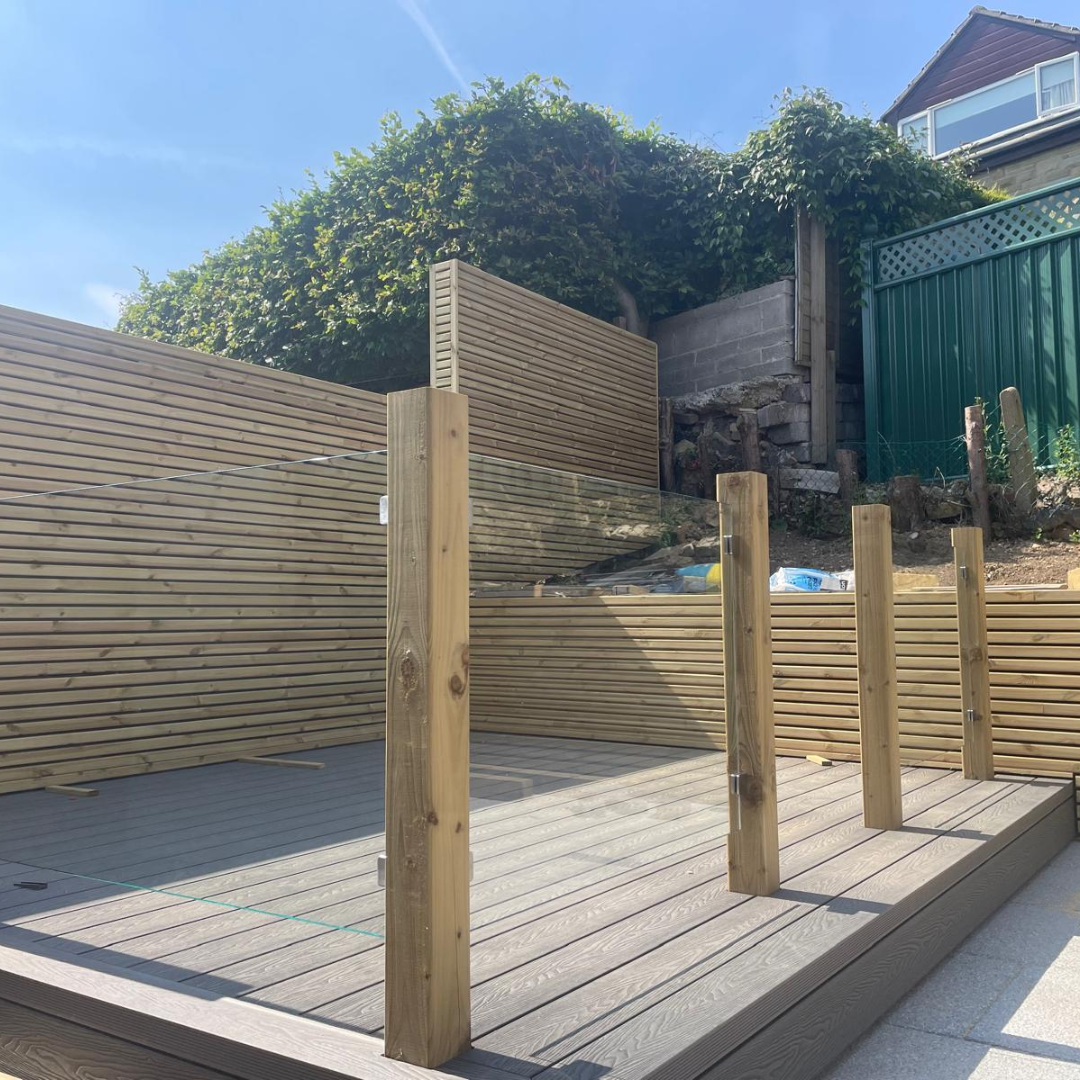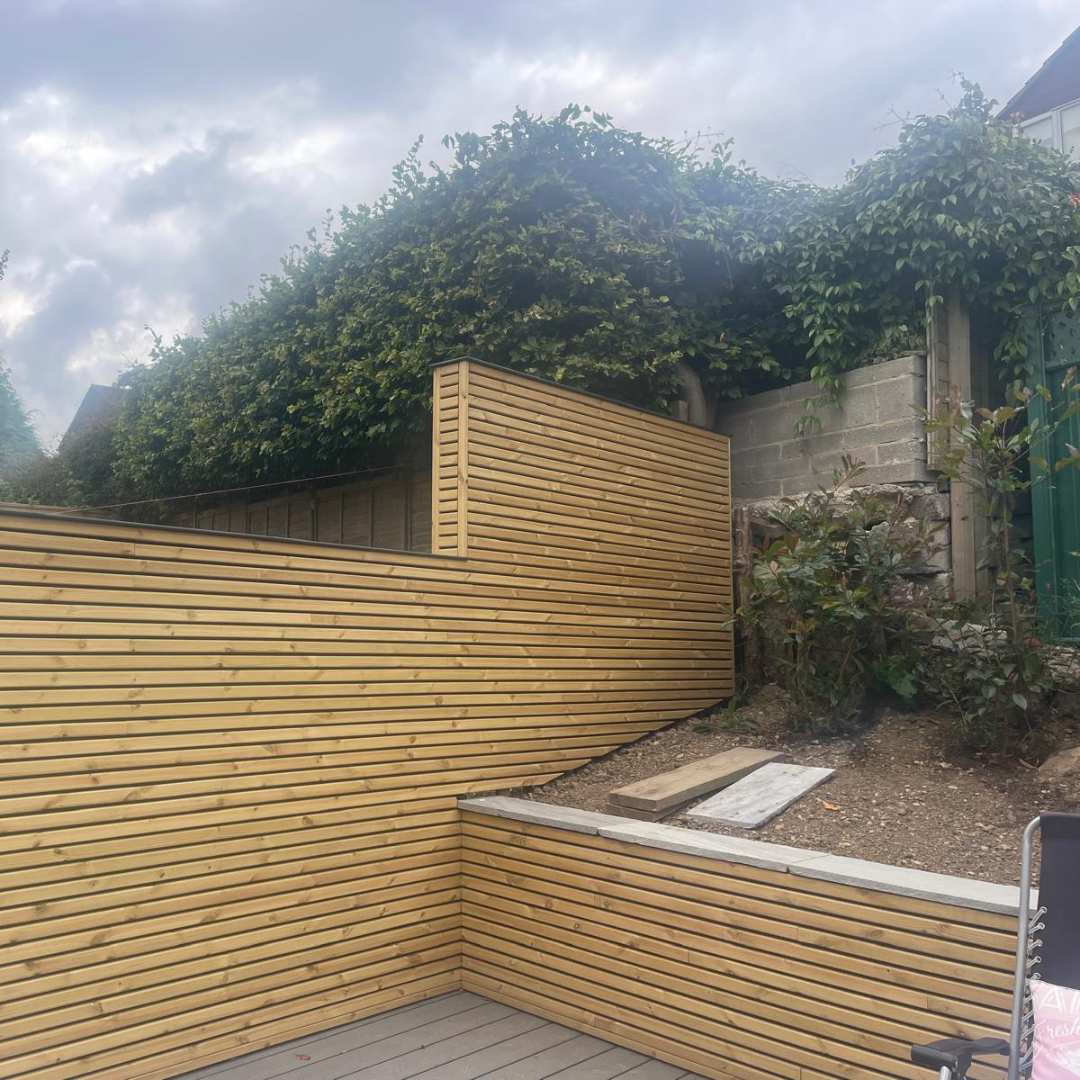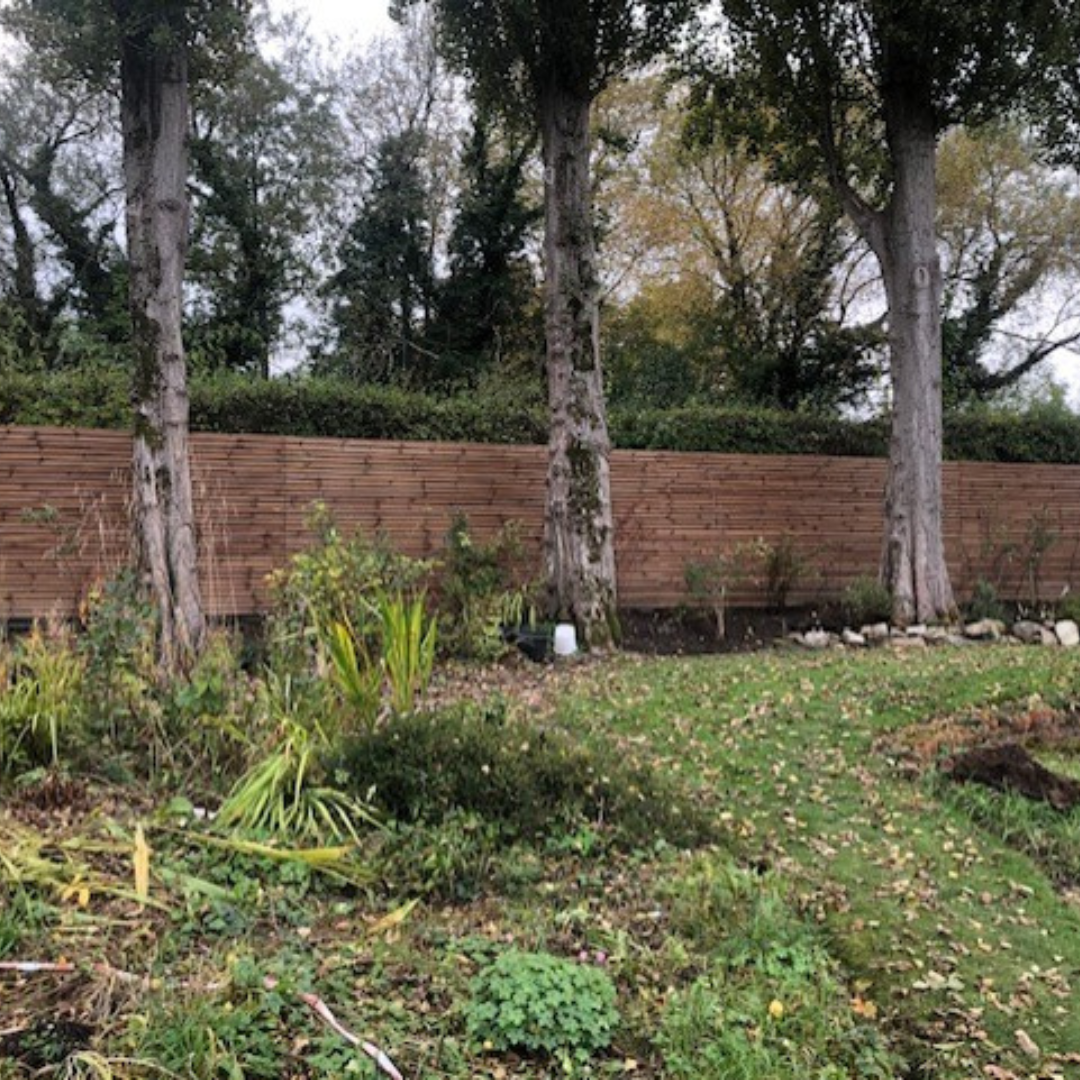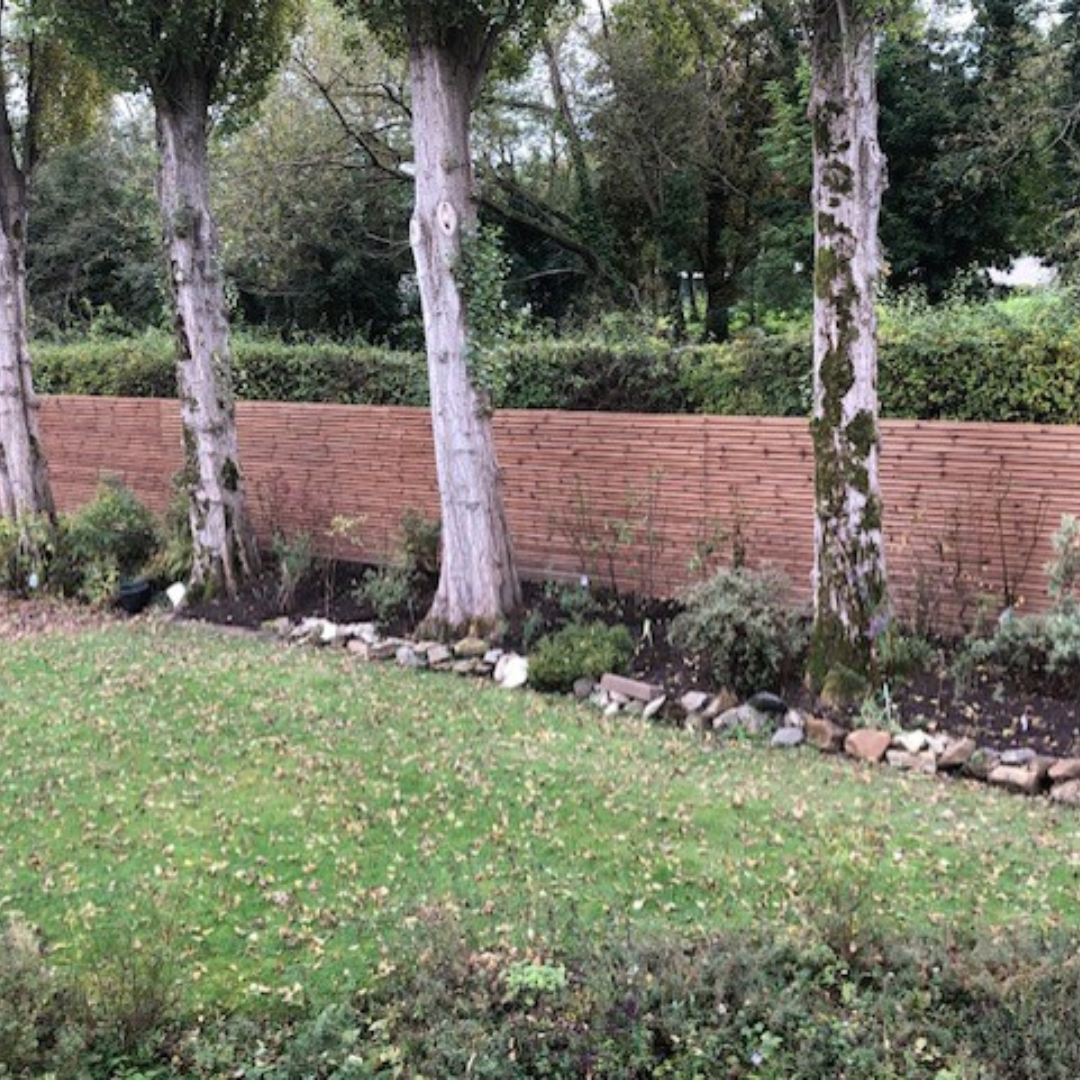Retaining walls are relatively rigid walls used for supporting soil laterally so that it can be retained at different levels on the two sides. Retaining walls are structures designed to restrain soil to a slope that it would not naturally keep to (typically a steep, near-vertical or vertical slope). They are used to bound soils between two different elevations often in areas of terrain possessing undesirable slopes or in areas where the landscape needs to be shaped.
The Functions Of A Retaining Wall
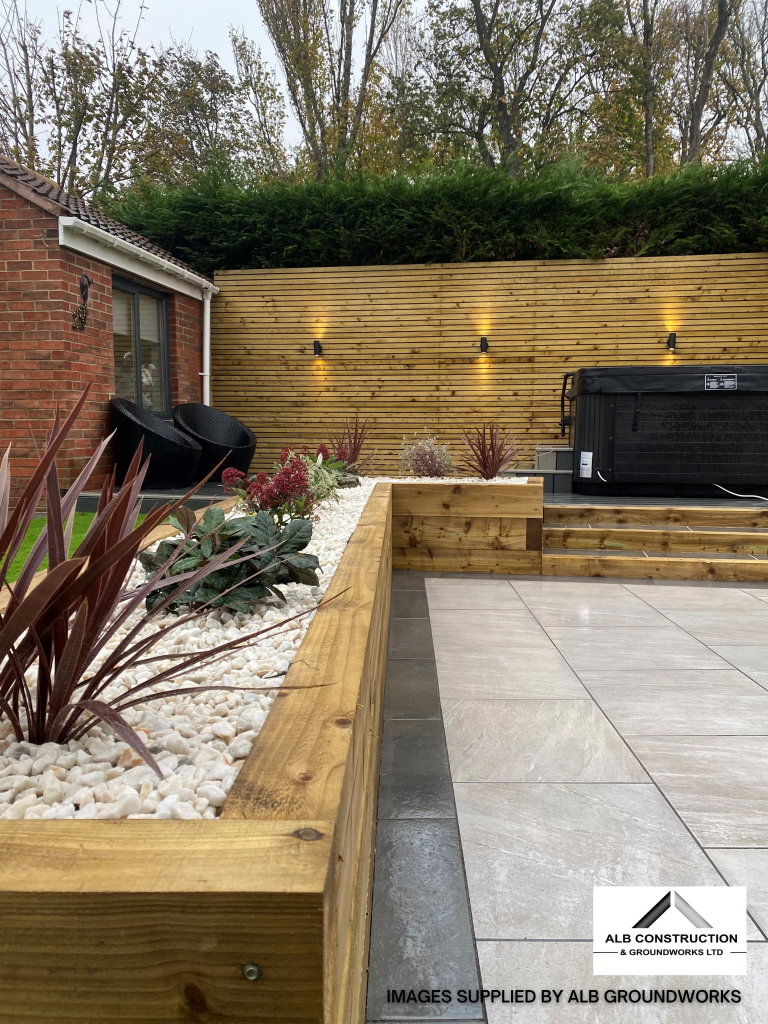
Retaining walls are often found in places where extra support is needed to prevent the earth from moving downhill with erosion. The most basic function of a retaining wall is to battle gravity; the lateral force of the slope must be offset in the retaining wall’s design. Retaining walls can also:
Provide usable land. For millennia, humans have used retaining wall techniques to create terraces of usable land on slopes. Consider the incredible terraces of ancient South American civilizations; farmers in Peru’s Sacred Valley still use the area’s Andinas, or agricultural terraces, to grow lush produce. A retaining wall can serve the same purpose (albeit on a much smaller scale) for your house; landscaping is much easier when you have a level area in your yard.
Manage water runoff. Retaining walls also help slow the flow of rainwater; in this way, they can increase the utility of your gardening and lawn care. Portland homeowners can help keep polluted street water out of nearby rivers by installing a water-thirsty retaining wall system, perhaps with a rain garden incorporated in its design.
Provide extra seating. Once your retaining wall is up, it may provide several unanticipated services; landscaping seating is an example. Depending on the location of your retaining wall, it may prove to be a popular place to sit and chat.
Are Railway Sleepers Good For Retaining Walls?
Timber Railway Sleepers are an excellent alternative to bricks or concrete for building retaining walls in your garden. Not only do they look beautiful, but they are often a much more affordable option.
Garden sleepers can be used both horizontally and vertically when building a retaining wall. Using sleepers horizontally is more common when constructing a low level wall. The method you choose for construction should be determined by the height of the bed or bank that you wish to retain.
We have come up with three easy, step-by-step instructions on how to make a retaining wall using our railway sleepers:
Step 1 – Mark out where to build your wall
Clear any surface vegetation and then measure and mark out where your wall will go. You will need to ensure the area is level. You can use a bed of sand if required.
Step 2 – Lay your sleepers
Lay your row of sleepers using your marked area as a guide. Try to leave a 1-2cm gap between each sleeper to allow for water drainage. You will need to ensure that this first layer is sitting flat on the ground, with no movement when you press on them.
All following rows of sleepers should overlap the joints in the bottom row, similar to the pattern of laying bricks. You can then add nails, rods or landscaping screws, (depending on the thickness of your sleepers) to hold the sleepers in place and improve the strength of the wall.
Step 3 – Finishing off
Continue to lay rows of sleepers until you reach your desired height and ensure all rows have been secured. You are now ready to fill the area inside your retaining wall.

What Sleepers Should I Use For A Retaining Wall?
We recommend treated softwood sleepers due to multiple factor, first of all being cost: the cost of hardwood sleepers is usually between 25% and 50% more expensive than Softwood. Secondly hardwoods are commonly referred to as porous woods and softwoods as nonporous woods, this means that the hardwood is absorbing and holding more water where as with the soft wood the water is allowed to escape and flow more freely. Thirdly is the weight of the sleepers, softwood sleepers usually weigh between 20kg – 30kg this can quite easily be double with hardwood sleepers.
The 2 sleepers we recommend are Green Tanalised Railway Sleepers or Brown Tanatone Sleepers depending on your project or personal preference to your colour. If you need any advice please contact one of our experts using our contact us form or by calling 0113 418 0524
How High Can You Build A Retaining Wall With Sleepers?
For retaining sleeper walls it is recommended up to 1200mm in height; anything higher than 1200mm needs to be designed by an engineer to take account of local ground conditions and loadings.


